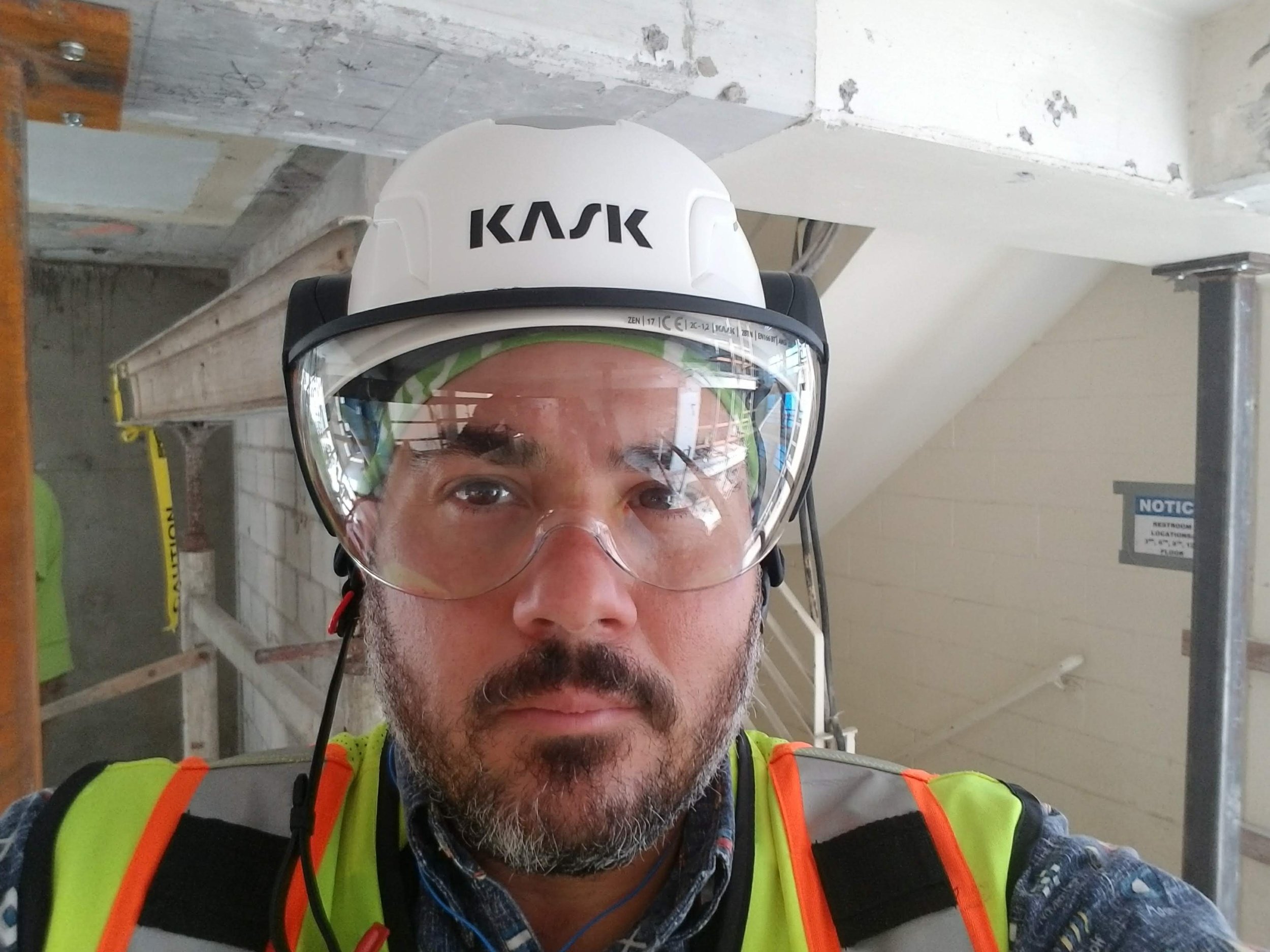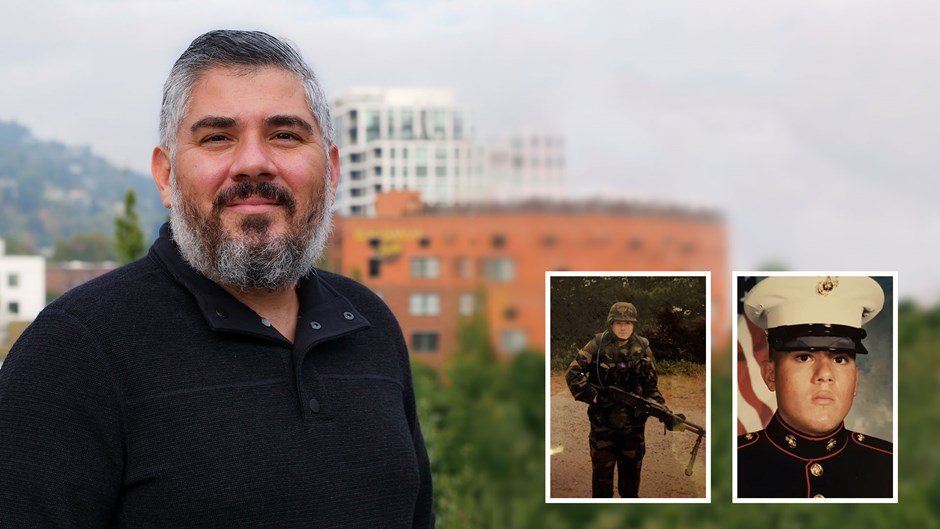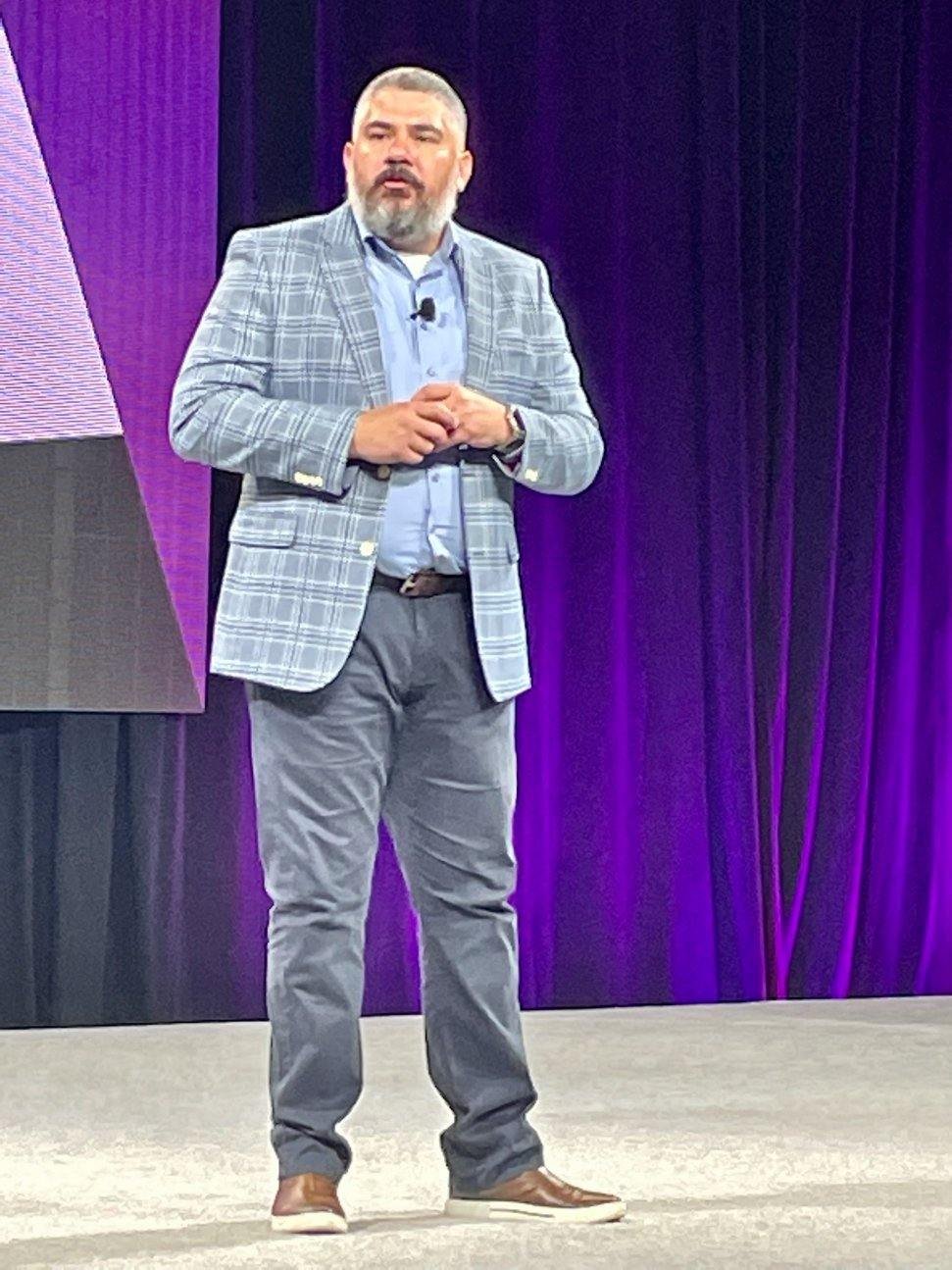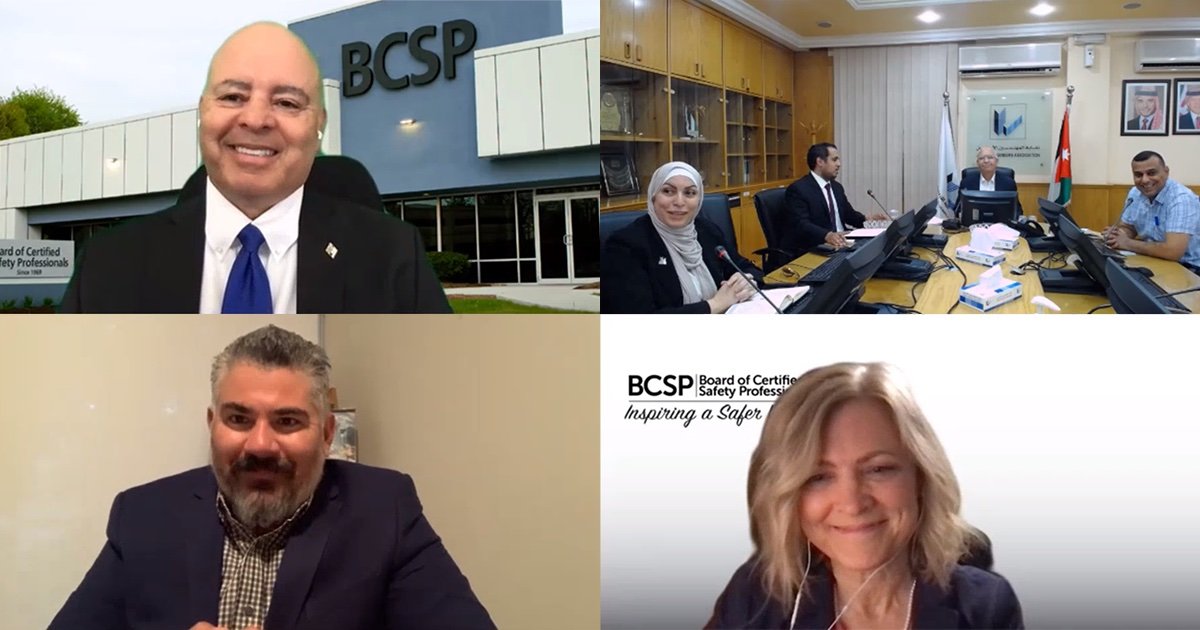Recruiting and retaining emerging talent is one of the biggest challenges facing employers today. Many try to sweeten the deal with higher salaries and impressive benefits, but one place that cannot be overlooked is the quality of mental health in a workplace. In this podcast, I interview Joaquin Diaz, the EHS Director for Skanska USA Building Inc. He shares their holistic approach to worker health and safety and the impact it has had on retention.
His top three tips for reducing resignation rates and cultivating workplace wellbeing:
Change the conversation in your organization.
Manage the flexibility needed to maintain a healthy workforce.
Increase engagement about external and internal risk factors of mental health.
About Joaquin Diaz
Mr. Diaz has 24 years of occupational safety and health management experience. He is currently the Environmental, Health, and Safety Director for Skanska USA Building – Portland Office. He has overseen the developing and implementation of Health, Safety, and Environmental Management Systems for other contractors. Joaquin is responsible for the professional development, mentoring, and training of Safety Professionals in and out of his organization.
Joaquin is skilled at developing and implementing practical solutions for complex problems and is recognized for his ability to achieve positive results through teamwork and effective leadership. With excellent communication and negotiation skills, “hands-on” field safety experience, and an understanding of the construction process, Joaquin plays an important role for both preconstruction and construction teams in identifying, preventing, or mitigating potential safety issues. Joaquin’s work experience includes 18 years in a leadership position for three top 150 ENR contractors. He served honorably in the United States Marine Corps.
He is currently enrolled in a doctorate of public health program. He is currently focusing on mental health challenges in construction. He has done several presentations with different organizations and conferences on mental health. He is slated to present on mental health at the Oregon GOSH conference in March 2023 and the AIHCe in May 2023. He has two bachelor’s degrees from different universities and a master’s in management. He continues to pursue the highest level of credentials and education. He has the CIH, CSP, QEP, CHST, and OHST credentials.
Joaquin is currently serving on the AIHA Total Worker Health committee. He is the Past President of the Board of Certified Safety Professionals for 2021. He also served on the ACGIH Nominations Committee. He serves on the ASSP/ANSI A10 Series committee. He was the past chair of the Hoisting Machine Operators Advisory Board after being nominated by two separate governors and serving for three governors. He was past president of the Hawaii ASSE chapter, president of the Hawaii AIHA chapter, and active member of the national AGC Safety and Health committees partnering with OSHA, NIOSH, US Army Corps of Engineers, and Navy Facilities on initiatives and standards affecting the country.
Show Notes
http://safebuildalliance.com/resources/mental-health-suicide-prevention
https://www.mckinsey.com/featured-insights/leadership/five-fifty-is-it-safe
https://www.cdc.gov/niosh/twh/default.html
Brown, S., Trueblood, A., Harris, W., Dong, X. (2022). Construction worker mental health during the COVID-19 pandemic. https://stacks.cdc.gov/view/cdc/115986
Chosewood, L. C., & Tamers, S. L. (2021). Advancing the Well-Being of Workers: An Introduction to Total Worker Health® Approaches. Patty's Industrial Hygiene, Program Management and Specialty Areas of Practice, 297.
Dale, A.M., Evanoff, B., Gage, B., Trout, D., Novakovich, J., Earnest, S., Garza, E., & Chosewood, C. (2021). Addressing the opioid overdose epidemic in construction: Minimize work factors that cause injury and pain. https://blogs.cdc.gov/niosh-science-blog/2021/09/14/opioids-in-construction/
Farahat, S.A., Amin, O.R., Hamdy, H.S. et al. The impact of work-related stress on the cognition domain of executive functioning of health care workers during the COVID-19 pandemic. Int Arch Occup Environ Health 95, 1079–1090 (2022). https://doi.org/10.1007/s00420-021-01814-8
Gu, J. K., Charles, L. E., Fekedulegn, D., Ma, C. C., Violanti, J. M., & Andrew, M. E. (2020). Occupational injury and psychological distress among U.S. workers: EnThe National Health Interview Survey, 2004-2016. Journal of safety research, 74, 207–217. https://doi.org/10.1016/j.jsr.2020.06.002
Inouye, J. (2018). Serious Injury and Fatality Prevention: Perspectives and Practices. https://www.thecampbellinstitute.org/wp-content/uploads/2018/11/9000013466_CI_Serious-Injury-and-Fatality-Prevention_WP_FNL_single_UPDATED-11-14-18_optimized.pdf
Laine, j. C. (2019). The prevalence of practicing safety professionals’ knowledge, involvement, and competency associated with workplace wellness programs: gauging the safety profession’s engagement with the total worker health initiative. https://digitalcommons.library.tmc.edu/uthsph_dissertsopen/63/
McKinsey & Company. (n.d.). Five Fifty: Psychological Safety. https://www.mckinsey.com/featured-insights/leadership/five-fifty-is-it-safe
Safebuild Alliance. (n.d.). Mental Health & Suicide Prevention. http://safebuildalliance.com/resources/mental-health-suicide-prevention
Tušl, M., Brauchli, R., Kerksieck, P. et al. (2021). Impact of the COVID-19 crisis on work and private life, mental well-being and self-rated health in German and Swiss employees: a cross-sectional online survey. https://doi.org/10.1186/s12889-021-10788-8
Zipperer, L. (2020). COVID-19: Team and Human Factors to improve safety. https://psnet.ahrq.gov/primer/covid-19-team-and-human-factors-improve-safety







